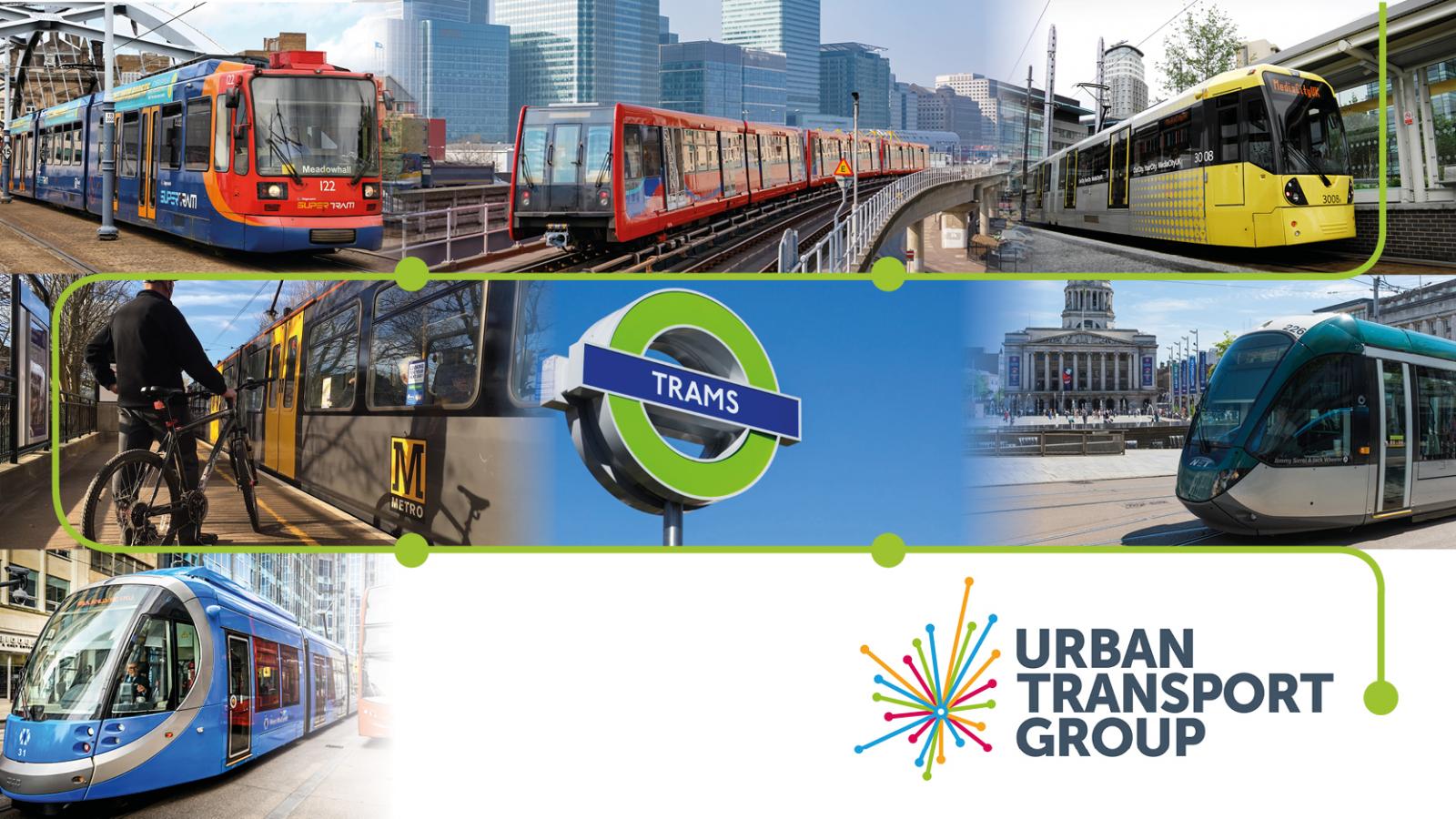Into the unknown

As tough as it gets for public transport
This is as tough as it gets for public transport. The Government’s decision to trigger a restart last night (Sunday), that begins this morning, has run ahead of the guidance on how public transport should respond. Leaving us with not a chance of being able to prepare in a consistent way to make the best fist of what is an extraordinarily difficult challenge. That challenge being to run the biggest service you can, whilst protecting staff and seeking to ensure passengers keep two metres from each other. Not only did we have no clear guidance from Government in advance on the detail of how they want us to achieve this - at present we don’t even know how much detail there is going to be. On top of that (other than for rail), we don’t have any detail on what the funding package will be to support the ramp up in services. Given that COVID-19 transmission is more likely in enclosed spaces, and where people are in close proximity for prolonged periods of time, it was always going to be particularly difficult for public transport to manage the risks in its preparation for restart. But trying to plan in the information vacuum of recent weeks has made that task even harder and contributed to public transport now being portrayed as the pariah mode of transport – the one to be avoided. In the week ahead we will do our level best to collectively respond as adroitly as we can to the hand we have been dealt – but it’s difficult to see how the result isn’t going to be messy (at best).
The dam breaks on active travel
In stark contrast to the gloom around public transport, is the unconfined joy that permeated Twitter over the dam breaking at the weekend on Government support (fiscal, policy and verbal) for getting more people walking and cycling. However, compared to the intractable problems on public transport as a result of COVID-19, the obstacles to the roll out of temporary road space reallocation are much more manageable. Perhaps one of the biggest challenges is how you use cheap, basic immediate road space reallocation measures to prepare the way for more expensive longer term street redesign, done in quality. And in doing so, how you also lock in capacity for buses (the importance of which many green commentators and advocacy bodies seem to have forgotten about in the excitement).
Let the circle be unbroken
In the many weeks since this all began I’ve been in innumerable telecons but not one so far where there was Department for Transport reps from rail and from local transport at the same time. This is symptomatic of a wider compartmentalised approach where what seems to be seen as the elite public transport mode (rail) gets both a privileged dialogue and funding deal with Government (national rail got its funding deal the day lockdown was announced - whilst TfL is still waiting). Meanwhile, local public transport trails in at the back of the queue. This compartmentalised approach makes no sense when passengers experience rail as part of a wider public transport system in different areas and when a common approach to social distancing, service ramp ups and messaging to the public is going to be critical at this very difficult time for public transport as a whole. The other circle that needs to be closed soon is on travel demand management in terms of joining up whatever Government is saying to business at the national level and what we need to be saying to major employers and destinations in our areas... especially with the danger of numerous mini-peaks occurring as highly constrained public transport attempts to cope with peaks in demand at different times from different major employers and destinations. Personally, I am baffled as to why the Government has triggered more transport demand in advance of publishing the guidance on how this should be handled. But this is where we find ourselves and as #TransportAuthoritiesTogether our task over the next few weeks will be to deal with the consequences in the best way we can for our people, our passengers and the places we serve.
Jonathan Bray is Director at the Urban Transport Group

